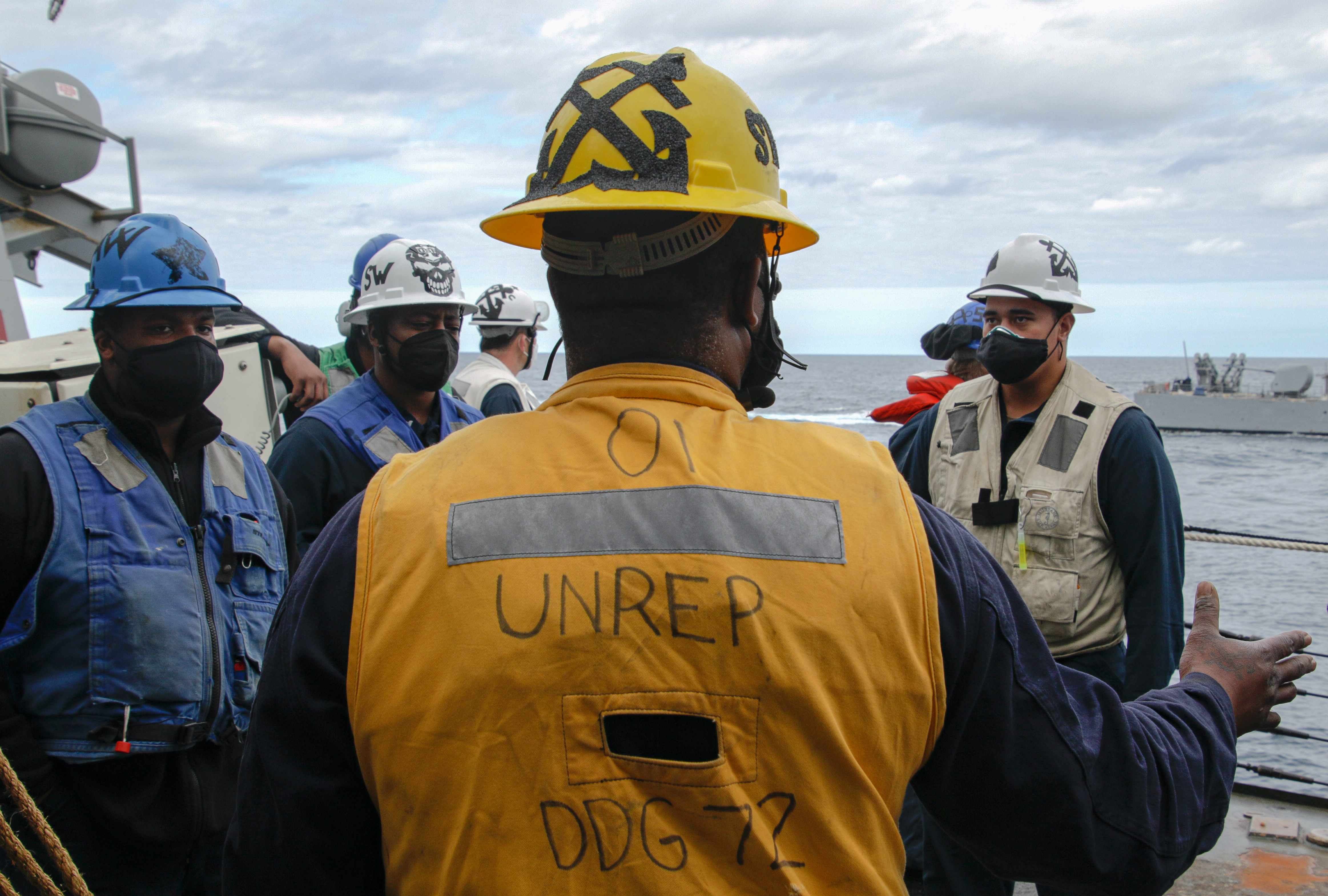
Navy leaders in all communities are taking a hard look at how they can use data to prevent training accidents and operational mishaps, even as 2020 proved to be a good year for safety amid a high operational tempo, the service’s vice chief told lawmakers this week.
In 2020, the service had zero deaths from aviation mishaps, zero submarine collisions or groundings, and 100-percent of surface ships that deployed had full readiness certifications, Adm. William Lescher, the vice chief of naval operations, told the House Armed Services readiness subcommittee in his written testimony.
Still, nonfatal aviation mishaps were up slightly from the year before, due largely to ground mishaps during events such as towing an aircraft – and the Navy is taking a data-analytics approach to driving down those mishap figures to improve safety and readiness and decrease how much money is spent repairing or replacing aircraft and ships damaged during mishaps.
Subcommittee chairman Rep. John Garamendi (D-Calif.) said in his opening statement at the hearing that “While the Pentagon spends billions in taxpayer dollars on planes, ships, missiles, and other sophisticated weapon systems, more troops are dying in training than in combat, often in aging and poorly-maintained war machines. Between 2006 and 2018, 32 percent of active-duty military deaths were the result of accidents, while 16 percent of service members who died during that time were killed in action. Even as combat operations overseas have decreased, non-combat deaths have exceeded the number of military members killed in action every year since 2015.”
“We’ve seen in recent years that, in order to pursue modernization initiatives, the services have shortchanged unit manning, flying and training hours, depot maintenance, and spare parts. This leaves our operators insufficiently trained with equipment that is too often unavailable for use or in poor material condition. Yet this assumption of risk is not a foregone conclusion. The services can and should choose to shift their priorities to elevate manning, training, sustainment, and safety,” he continued.
“This may mean buying fewer new ships or planes. It also means taking seriously the cultural factors that the Navy, the [Government Accountability Office], and the [National Commission on Military Aviation Safety] have all identified: specifically, a widespread complacency toward safety standards and casual disregard for basic risk management practices. And finally, it should also mean taking meaningful steps to curb the Combatant Commanders’ insatiable demand for the use of the force.”
In his written testimony, Lescher described the Navy’s method of using data to understand current performance and weak spots in readiness, and then allowing the data to guide the service towards the proper remedial actions to take.
“The Navy has learned hard lessons over the past few years from major mishaps. Our improvement path is aligned to the ‘Get Real, Get Better’ approach—proven in the Navy’s work to transform strike fighter readiness, improve private shipyard depot maintenance performance, and drive better outcomes in other key mission areas,” he wrote.
“The ‘Get Real’ element demands rigorous self-assessment, strong characterization of current performance, and detailed root cause analysis to identify the conditions or behaviors that led to a mishap. This ‘Get Real’ element illuminates performance and capabilities as they are, as actually measured, rather than what leaders aspire performance to be. The ‘Get Better’ element applies these root cause insights to develop, implement, and track action plans that drive improvement in the organization’s operational and safety performance, using a strong cadence of measurement and accountability.”
Aviation
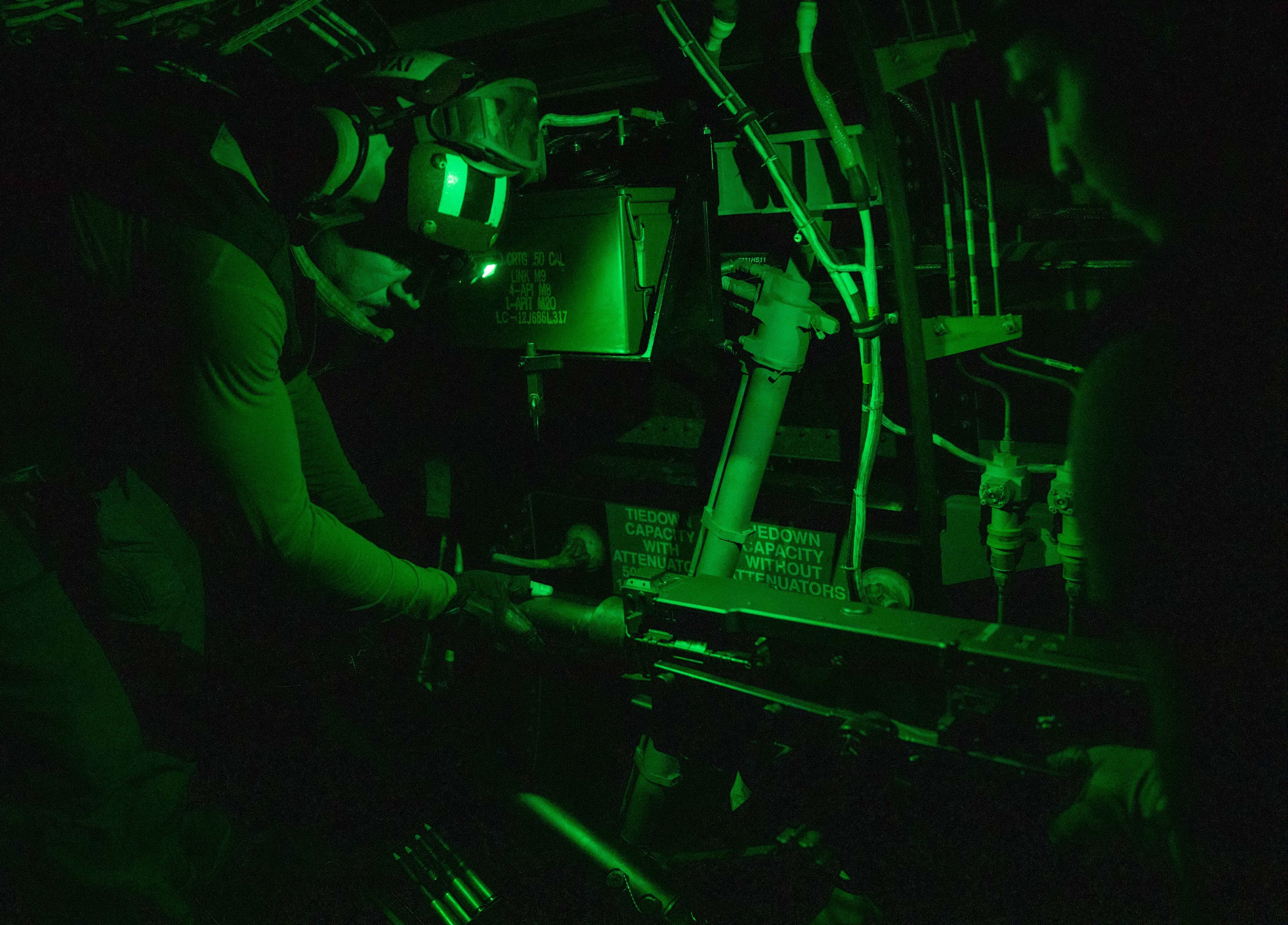
Lescher said in his written and live testimony that the Navy was using that approach to improve naval aviation safety – a key area of focus during the hearing, after Garamendi said “more than 6,000 aviation mishaps since 2013 have killed 224 pilots or aircrew” across the military.
Lescher wrote that in 2019 the Navy saw its best year in the past decade for total mishaps, which were reduced to 287 total mishaps in Class A through D, or a rate of 33.8 mishaps per 100,000 flight hours. It was also the first time in a decade that total mishaps did not increase compared to the year prior.
In 2020, Lescher added, total mishaps reduced to 280 and there were zero fatalities, which is the good news – but the overall mishap rate rose slightly due to fewer flight hours, totaling 36.4 mishaps per 100,000 flight hours, which is the bad news. He said the increase in the rate was likely driven by an increase in Class C aviation ground mishaps (AGM) – and that’s where the Navy is showing off its Get Real, Get Better approach.
“As part of Naval Aviation’s Culture of Excellence Campaign, Naval Aviation began a campaign in 2020 to deep dive root causes of AGM, such as procedural compliance and human factors. Naval Aviation is leveraging data analytics, training and leadership intervention to bend the curve on AGMs,” Lescher wrote.
Three key initiatives within this effort are the Fleet Readiness Analytics Group conducting a data analytics effort to “identify trends, readiness impacts and drivers associated with mishaps. The FRAG is aligned with our maintenance, safety, and operations processes to identify catalysts that can enable positive change,” reads the written testimony. Additionally, a Safety Support Group (SSG) pilot program allows subject matter experts from the type command, the wing and the Naval Safety Center to conduct no-notice quality assurance visits to flight lines and commands. And third, a “Maintenance ASAP” effort provides squadron leadership with daily insight into maintenance practices, risks and improvement opportunities in their commands.
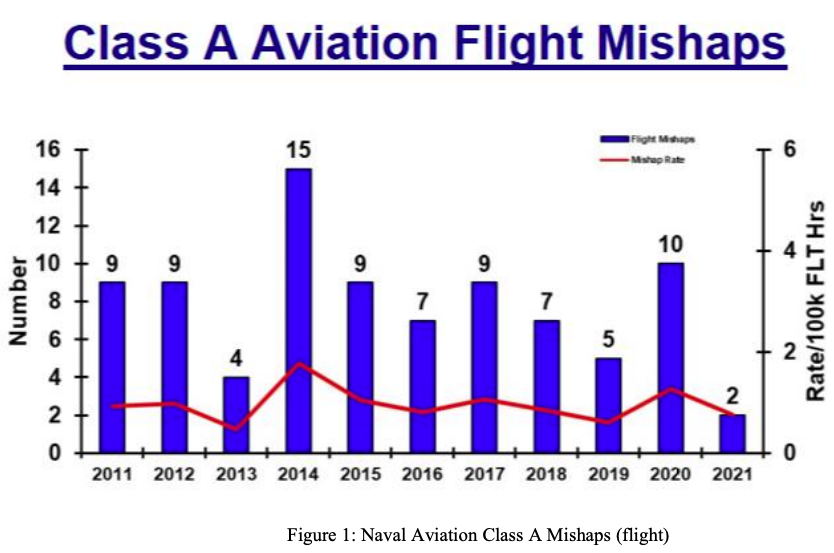 Lescher also told lawmakers during the hearing that a culture change had taken place, where pilots had to “earn the right to fly” by proving they had mastered a skill in a simulator before conducting it live in an aircraft, as one way to reduce costly and potentially fatal mishaps.
Lescher also told lawmakers during the hearing that a culture change had taken place, where pilots had to “earn the right to fly” by proving they had mastered a skill in a simulator before conducting it live in an aircraft, as one way to reduce costly and potentially fatal mishaps.
The VCNO added that, though a National Commission on Military Aviation Safety last year expressed some concern that pilots across all military branches were training in simulators that were outdated or at the expense of live training, Lescher said he thought the Navy had struck an ideal balance between live and simulator training.
“The commission said, ‘hey we’re using too many sims’ – we’re using sims in a way, I think, that’s powerful, and we’re seeing in terms of outcomes, things change: the standard scores of pilots through training are increasing with the use of the sims, the time to training is decreasing, and the same number of flights are being flown,” he said, adding that the Navy’s usage of simulators was complementary to live training and creating a better output.
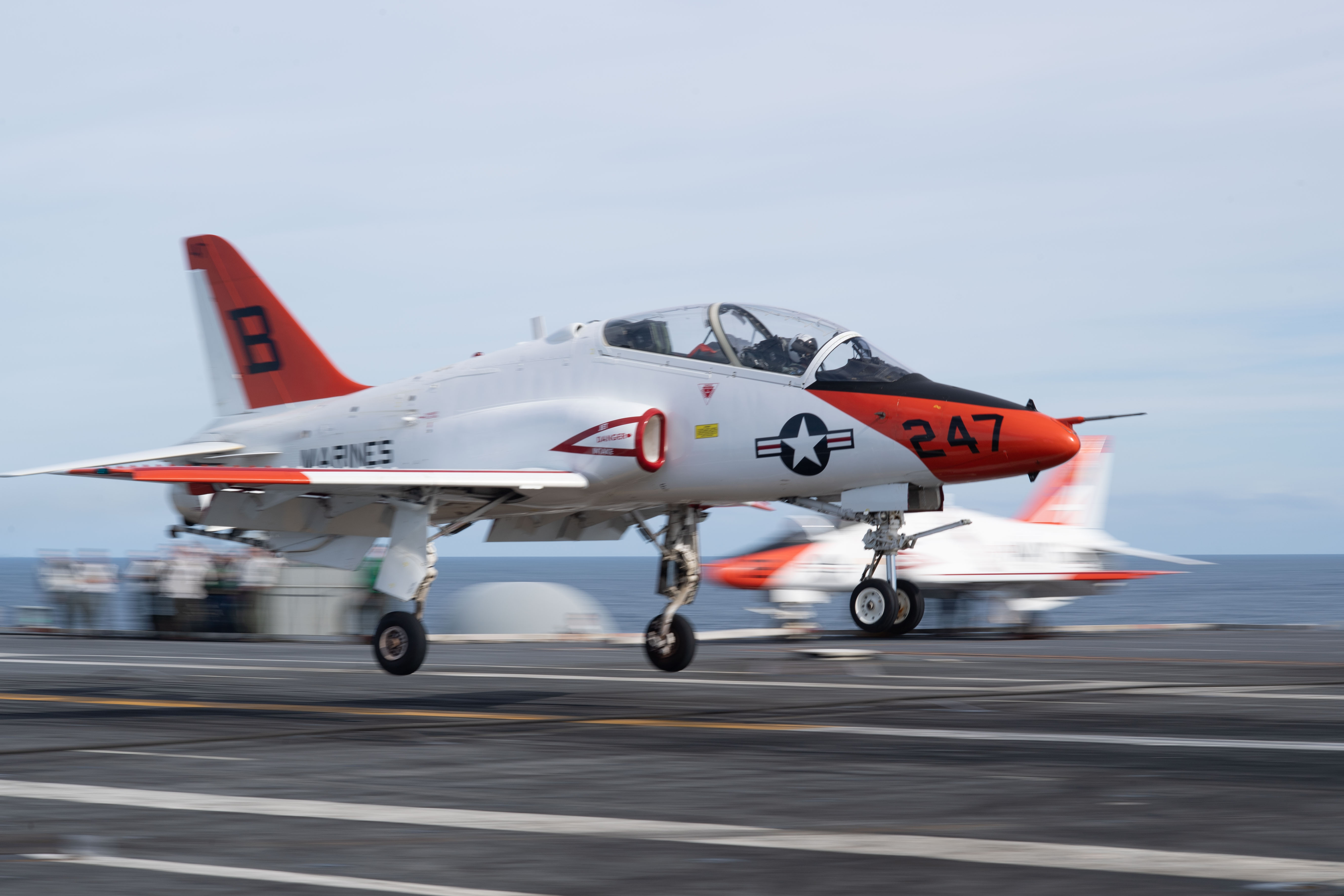
Lescher in his written testimony addressed another readiness issue that had affected the aviation force in recent years: physiological events. “In 2017, the U.S Navy temporarily grounded our fleet of T45 trainer aircraft after a series of unexplained Physiological Events (PE) where instructors and students reported hypoxia-like symptoms during flight. In response, the Navy stood up the Physiological Episodes Action Team (PEAT) to study PE and implement improved safety equipment and training to avoid hypoxia events,” he wrote. “This comprehensive work led to mechanical fixes, increased aircrew education, and PE-specific policy changes. As of March 2021, T-45 PE rates are down 94% since July 2017, and F/A-18 and E/A-18G PE rates are down 77% since November 2017.”
Assistant Commandant of the Marine Corps Gen. Gary Thomas also appeared at the hearing and addressed Marine Corps aviation readiness and mishap rates. He acknowledged that the National Commission on Military Aviation Safety report showed the Marine Corps’ Class A aviation mishap rate was the highest of all the services from Fiscal Year 2011 to 2018, but “the Marine Corps’ Class A aviation mishap rate has significantly declined since the end of the NCMAS report period in 2018. FY19-FY20 was our best two-year period for Class A aviation mishaps on record. In FY20, the Marine Corps had a Class A flight mishap rate of 0.93 mishaps per 100,000 flight hours, compared to a rate of 4.32 mishaps in FY17. Our Class B rate has held steady at 2.32, and our Class C rate of 8.82 is below our five-year average rate of 9.46.”
Thomas cited several efforts that have contributed to the improved safety rates.
“With the help of Congress, we increased funding to aviation readiness enabler accounts each year starting in FY17 to facilitate material readiness recovery efforts and flight hour generation. Our investments are displaying returns, with FY20 fleet squadron aircraft mission capable rates up 9.8 percentage points from FY17 values. This equates to 50 more flyable aircraft on any given day. Of particular note, our materiel readiness increased despite COVID-19. This is directly attributable to increased Congressional funding targeted at key readiness enabler accounts in previous FYs,” he wrote.
“Further, we have increased our hours per pilot per month from only 13.5 in FY16 to 17.2 in FY19. COVID-19 impacts in FY20, including advanced and joint-level exercise cancellations, resulted in 15 percent fewer executed flight hours than the previous year. Through increased simulator use and prioritization of unit-level core and mission skill proficiency qualifications, we prevented a decrease in aggregate training levels. However, exercise cancellations cost us the ability to train for our most critical flight leadership and capability qualifications, as well as the integrated and joint exercises that are essential for building a lethal combined arms force. Our return to large-scale exercises in FY21, increasing aircraft mission capable rates, and continually refined COVID-19 mitigation practices will help generate the increased flight hours and training that will ensure our readiness to face future threats. We also continue to offer bonus pay to both maintainers and pilots to incentivize retention of our best Marines, and have adjusted operational tempo in accordance with National Defense Strategy priorities to improve unit readiness.”
Overall, he said during the hearing, the Marine Corps has been successful in reducing the operational tempo for many operational forces, as well as improving the service’s material readiness, ability to track Marines’ qualifications and ability to generate enough ready aircraft so air crew perform sufficient flight hours each month.
Ground Vehicles
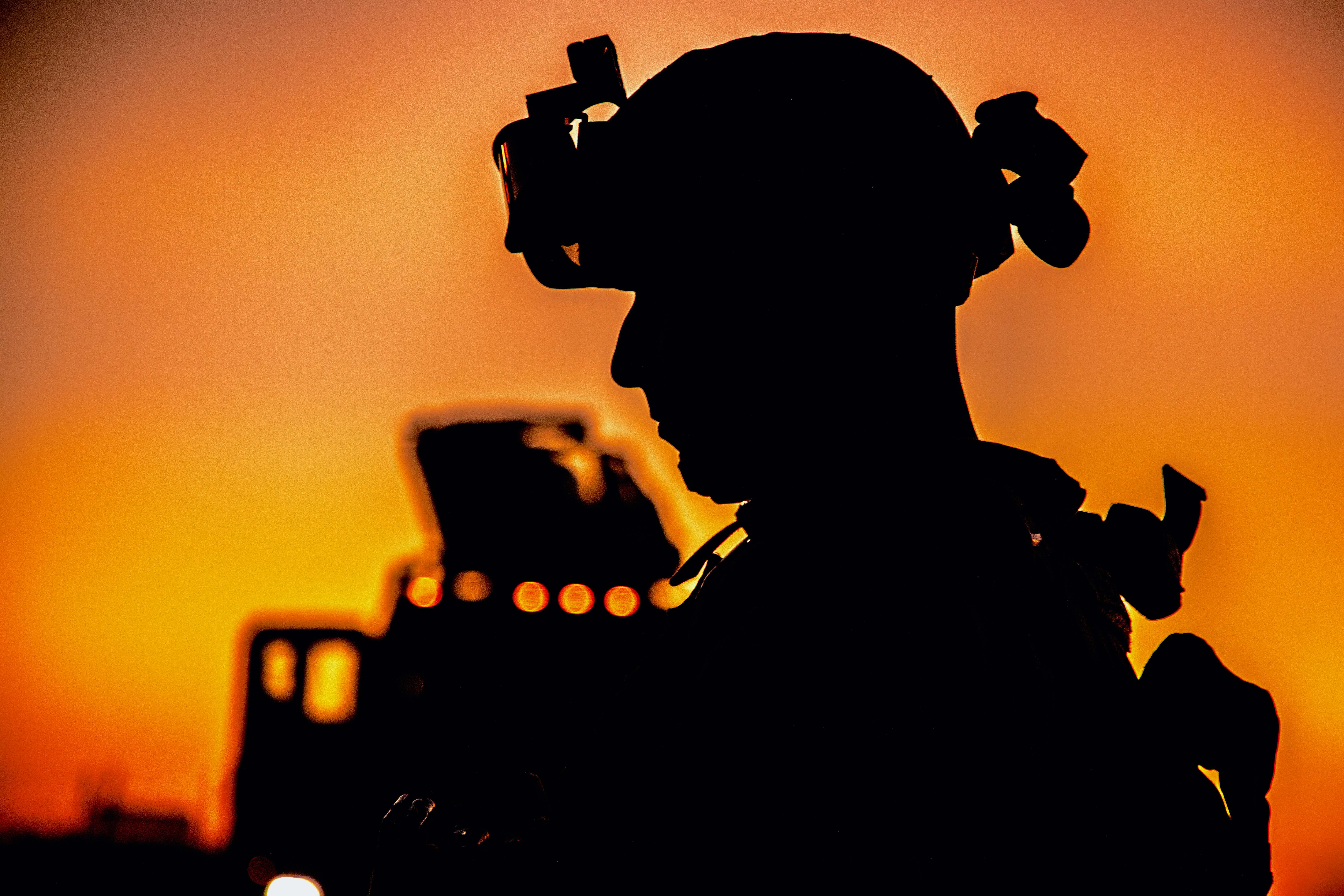
Thomas also discussed tactical vehicle safety.
“Tactical vehicle safety is a specific area of focus for our safety efforts. While the Marine Corps had 3 fatal tactical vehicle mishaps in FY19 and in FY20, we have had zero fatal tactical vehicle mishaps to-date in FY21. We attribute this improvement to increased emphasis on driver training and the importance of crew rest, detailed convoy planning, and the consistent application of risk management prior to movement,” he wrote.
He was asked several times during the hearing about the July 30, 2020, mishap in which an amphibious assault vehicle sank while swimming from San Clemente Island off the coast of California to nearby amphibious transport dock USS Somerset (LPD-25) during a pre-deployment training event. Eight Marines and a sailor died in the sinking.
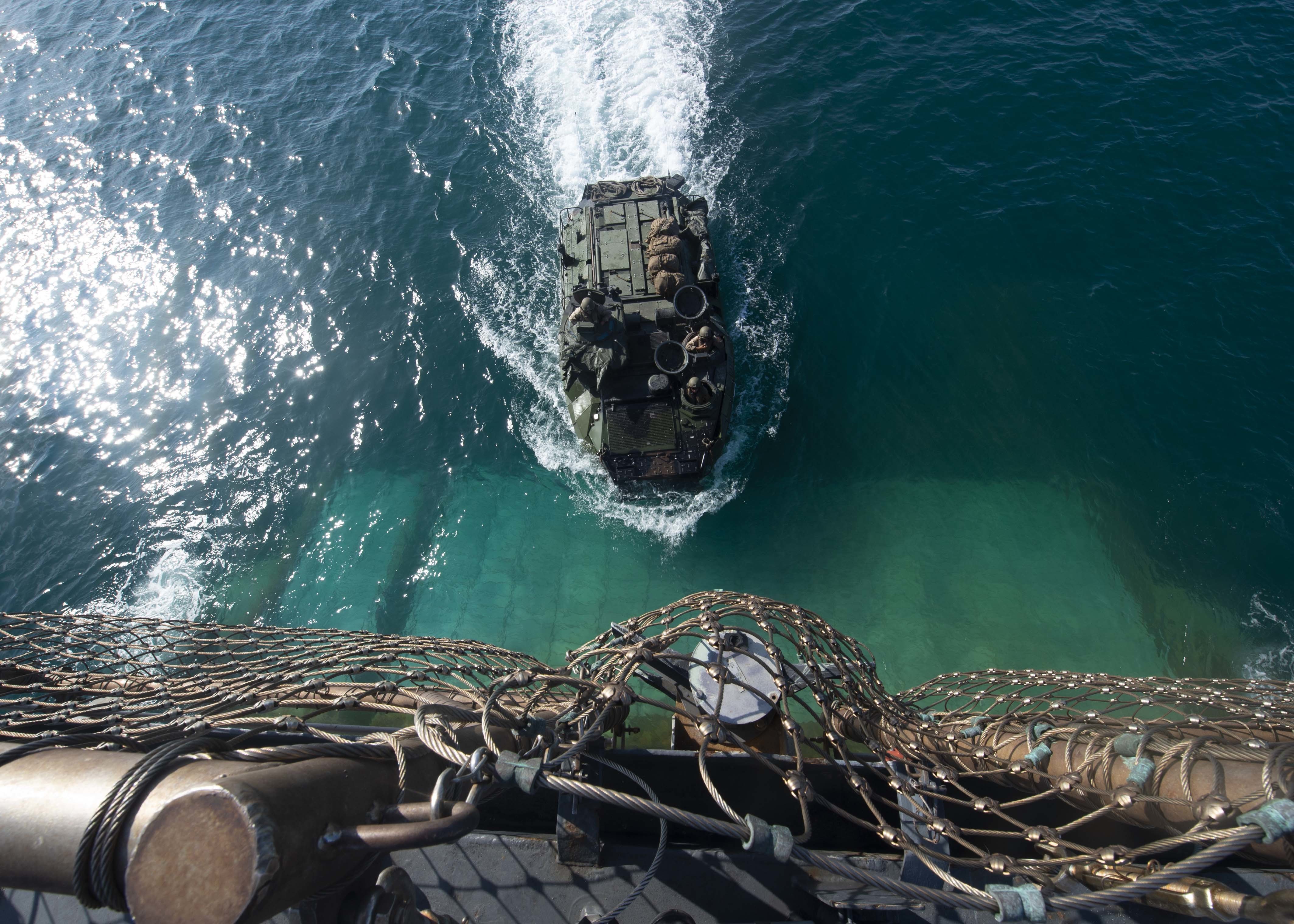
Thomas said the investigation was complete and that families were being briefed this week ahead of the public release of the report and a briefing to lawmakers.
Though Thomas would not answer questions about the incident itself, he did discuss an ongoing AAV operations standdown that was ordered just after the mishap occurred. He said that in-water AAV operations are still on pause, except for a few training events for new AAV operators that have taken place on limited occasions and were approved by a three-star general. During the standdown, the Marine Corps has been assessing AAV material readiness, procedures and training. All vehicles have been inspected and fixed up to ensure they are within readiness standards, though Thomas made clear that the maintenance effort didn’t indicate that the Marine Corps thought faulty equipment was at play in last year’s mishap.
“We’re committed to ensuring a safe return to water ops as soon as we can,” he added.
Ships and Subs
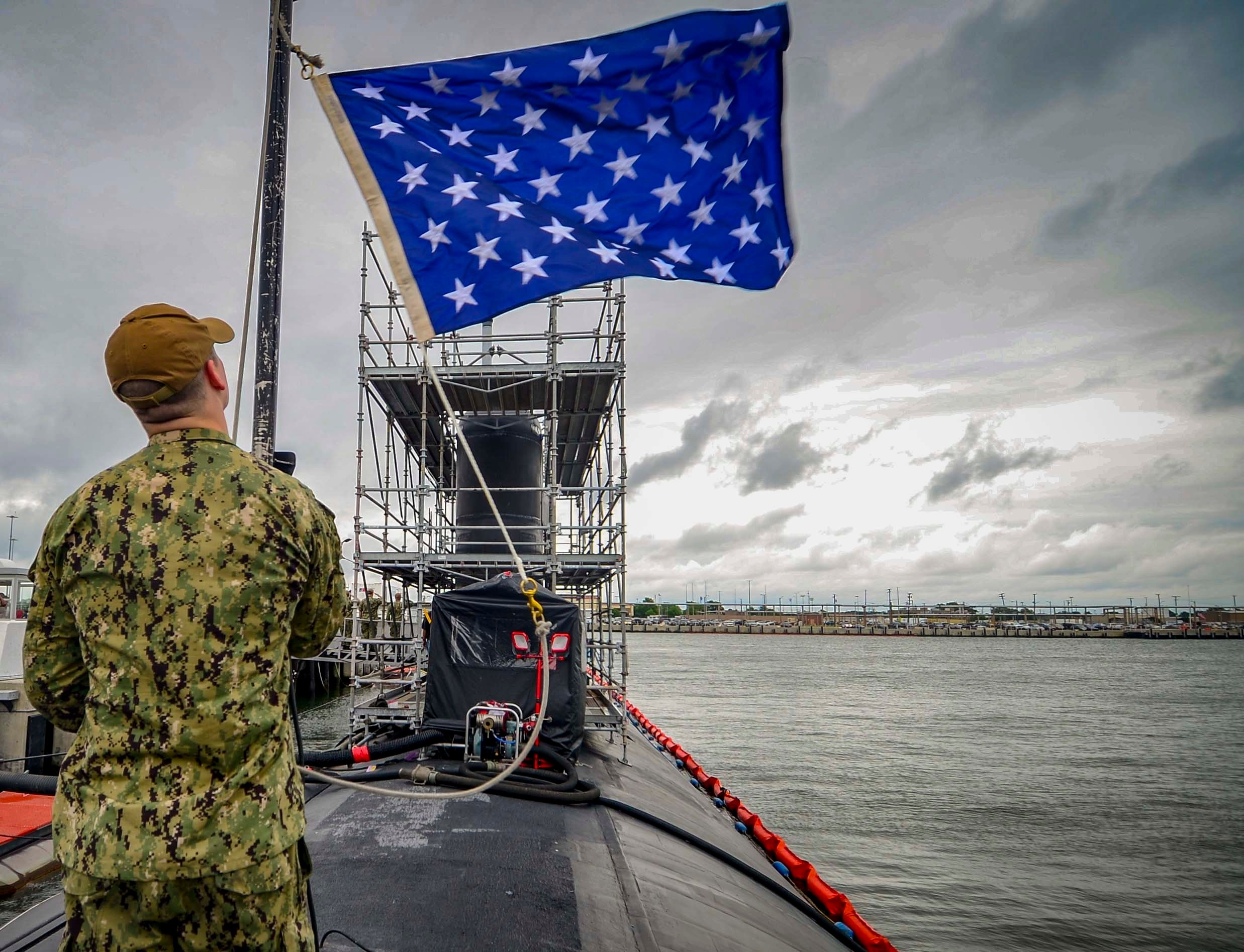
On the Navy side, Lescher boasted that there were zero groundings or collisions in the submarine force in 2020, after averaging three collisions, allisions or groundings a year from 1980 through 2010 and less than one per year from 2011 through 2020.
Lescher did not highlight any safety numbers for the surface force but talked instead about a culture change that has taken place in the surface community since it was rocked by two fatal collisions in the Western Pacific in 2017.
Following collisions with merchant ships by USS Fitzgerald (DDG-62) and USS John S. McCain (DDG-56) that killed 17 sailors combined, a Comprehensive Review (CR) and Strategic Readiness Review (SRR) “identified root causes of the mishaps and made 111 recommendations aimed at driving Navy readiness improvement and preventing such consequential mishaps in the future,” reads Lescher’s written testimony.
“The Navy invested in and employed meaningful reforms in how we man our surface fleet, train our crews, schedule and execute workups and deployment, and how we equip and maintain our surface force. Improvements have been made in (1) Surface Warfare Officer training; (2) Use of ship simulators to train shipboard teams in Navigation, Seamanship, and Ship Handling; and in Combined Integrated Air and Missile Defense and Anti-Submarine Warfare training; (3) Readiness for Sea Assessments; (4) Force Generation Models; (5) Shipboard manpower requirements; and (6) Comprehensive Fatigue and Endurance Management Program,” he wrote.
“This structured ‘Get Better’ approach requires ongoing measurement of improvement self-talk against actual performance. Specific examples of measured outcomes include: (1) Establishment of Commander 7th Fleet (C7F) weekly Fleet Management Coordination Board, which more closely manages OPTEMPO; (2) Type Commander (TYCOM) semi-annual assessments of Basic & Advanced Phase performance versus entitlement, where for 2020 both Commander, Naval Air Force Pacific (CNAP) and Commander, Naval Surface Force Pacific (CNSP) completed 100% of Basic Phase training within entitlement (CNSP up from 38% in fiscal year 2019); (3) Readiness generation improvements where 100% of forces deployed with full readiness certifications; and (4) Forward Deployed forces achieving a 0% certification expiration rate, compared to 2015-2017 rates of 6-40% expiration.”
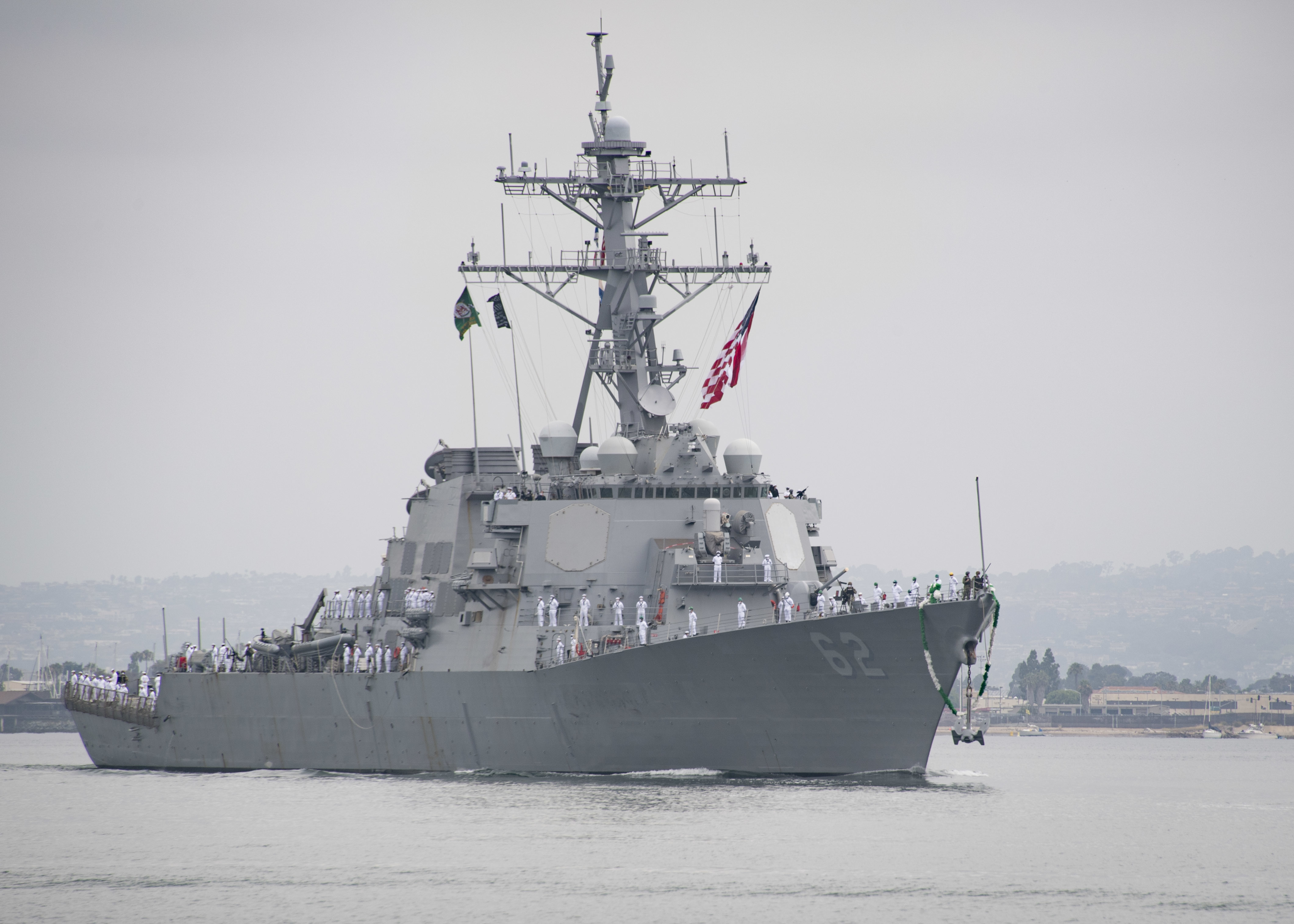
In discussing the culture change during the hearing, Lescher specifically pointed to crew rest as a key example of a sea change in recent years. A helicopter pilot himself, he said earlier in his career he would embark on surface ships and watch the aviators work a regular schedule and get a healthy amount of sleep, whereas the surface navy sailors seemed to pride themselves in pulling all-nighters and operating on little sleep.
In December 2020, Lescher said, the Navy formalized an updated Comprehensive Fatigue and Endurance Management Program that was informed by studies from the Naval Postgraduate School and the Naval Health Research Center regarding human factors. Not satisfied yet, the Navy continues to do more research into how sleep affects performance, with 300 sailors aboard amphibious assault ship USS Essex (LHD-2) wearing devices to track their sleep and compare sleep patterns to their performance during work hours.
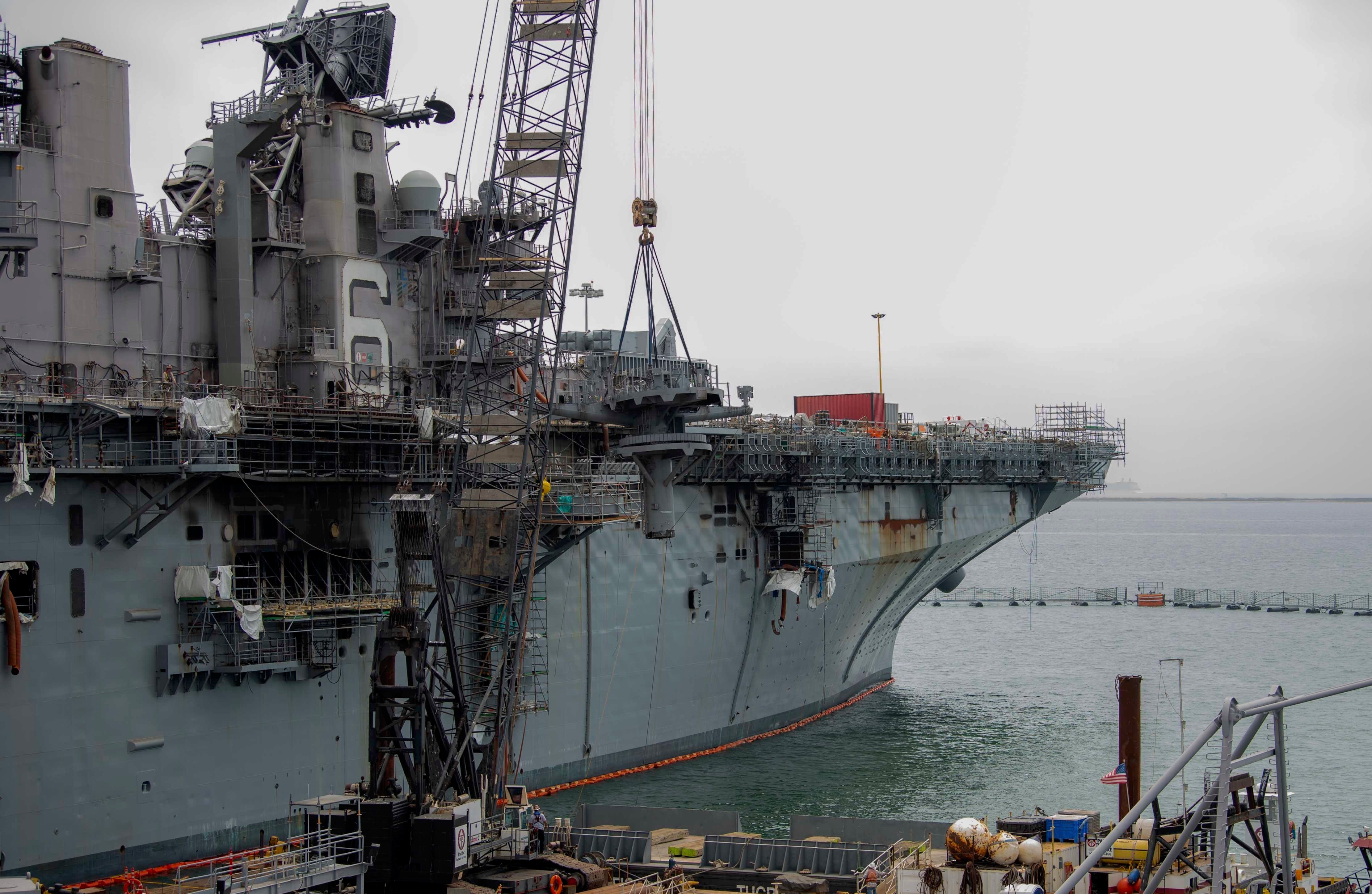
Lescher said that the surface community switching to a watch schedule that aligns with circadian rhythm sleep patterns follows the submarine community doing that a few years ago. They continue to work with the research community to find the best lighting, meal schedules and training schedules to help sailors balance taking care of the mission and taking care of their bodies. He added that the aviation community had prioritized air crew’s sleep previously but in 2018 made a change to ensure maintainers were equally rested, with clear ties between maintenance and aviation mishap rates.
A key area Lescher said he was not satisfied in was fire safety. Last summer, amphibious assault ship USS Bonhomme Richard (LHD-6) caught fire during pier-side maintenance, and the Navy ultimately decided it would have to decommission the ship due to the great extent of the damage.
“The BHR fire marked the 15th significant fire onboard a U.S. Navy vessel in the past 12 years,” he wrote in his written testimony.
“This year, I directed the Fleet Commanders, working with the Naval Safety Center, Naval Reactors, Naval Sea Systems Command and Naval Installations Command, to conduct a detailed review of these shipboard fires. The goal is to illuminate systemic issues regarding the standards, culture and environment driving daily discipline in shipboard stowage, cleanliness and readiness, and to recommend actions that establish the necessary culture and practices required to change Navy fire safety outcomes in an enduring way. This probe into systemic root causes of long-term shipboard fire safety performance completes in July and is designed to provide a foundation to broadly improve all Navy safety performance outcomes.”





